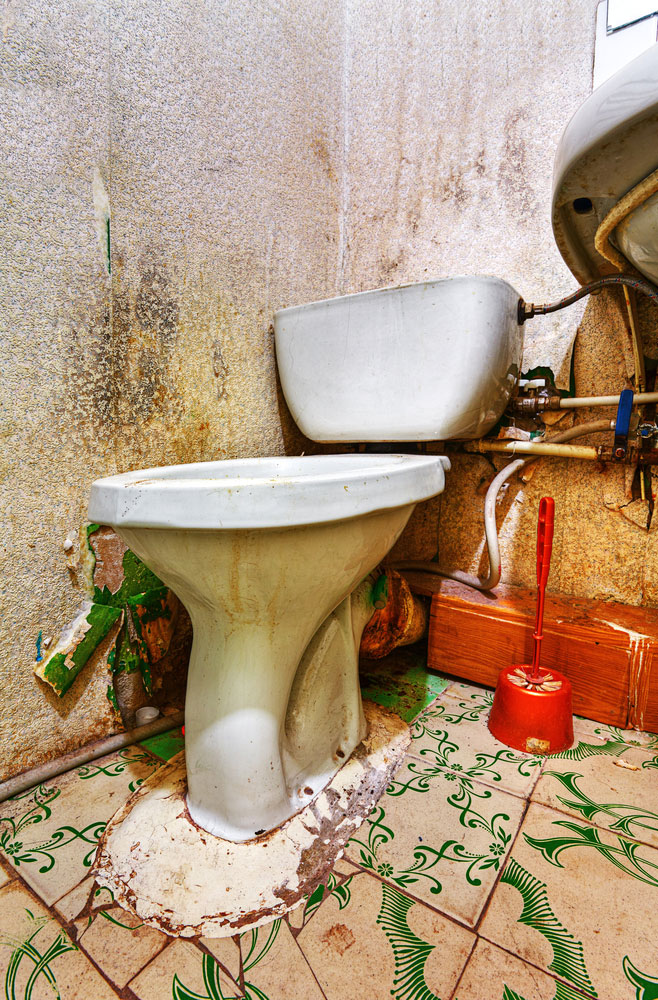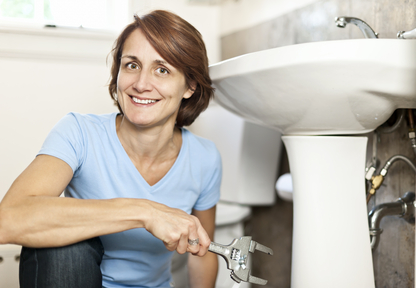What're your opinions with regards to Common Causes of Water Damage in a Bathroom?

The washroom is incredibly at risk for moist build-up and also potential water damage as a result of the frequent use of water in it. This write-up offers easy assessment strategies to assist finding water damage hazards.
The regular use water in the bathroom makes it very prone for moist build-up as well as potential water damages. By evaluating it routinely, you can minimize water relevant damages.
The complying with collection of inspections is easy to perform as well as must be done as soon as in every three months in order to maintain your washroom healthy and also to prevent potential water damages triggered by the bath tub, the shower, pipe joints and plumbing, sinks, cupboards, as well as the bathroom
Do not neglect carrying out these assessments and also be thorough while performing them. Bear in mind that these basic assessments can conserve you a great deal of cash by supplying very early indicators for water damage
Tub as well as Shower
The shower as well as tub need unique interest as well as upkeep. Inspect the ceramic tiles as well as replace if split. Make sure that there is no missing grout between the floor tiles. Inspect and replace cracked caulking at joints where the walls meet the floor or the bathtub. Clogged drains pipes as well as pipelines troubles will certainly prevent the bathtub from drying and may indicate major issues below the tub. Consult with a specialist quickly to stop architectural damage. Focus on discolorations or soft areas around the bathtub walls as they may indicate an internal leak.
Plumbing
Signs for water damage are hard to find given that many pipes are mounted inside the walls.
Pay unique attention to flooring as well as walls dampness as well as discolorations as they may suggest an undetectable plumbing trouble. Inspect wetness levels in adjoining rooms as well.
Sinks and also Cabinets
Sinks and also cupboards are subjected to moisture and moisture day-to-day as well as are usually forgotten. Check on a regular basis under the sink as well as on the counter top above it. Repair any drip in the catch as it might suggest drain troubles. Check out the sink, slow-moving draining pipes may show an obstructed drain. Replace sink seals if they are fractured or loose.
The Toilet
The toilet is an at risk water joint. Inspect the water lines as well as search for leakages around the bathroom seat, in the hose, and also under the water storage tank. If you spot any type of signs of dampness on the floor around the toilet, look for leaks in the toilet edge as well as tank seals.
Realize that hanging bathroom bowl antiperspirants enhances the opportunities for clogs.
10 TIPS TO PREVENT WATER DAMAGE IN THE BATHROOM
The average household uses approximately 80-100 gallons of water per person per day. For a family of 4, that's almost 2,500 gallons of water a week! The largest portion of this consumption comes from bathroom use. Flushing the toilet uses the most water, followed by taking a shower or bath. With that much water running through the home, water damage in the bathroom is bound to happen. Knowing how to spot signs of a water leak is essential to preventing long-term damage. This guide provides you with tips to reduce the impact of water damage on your bathroom.
CAUSES OF BATHROOM WATER DAMAGE
Pipe breaks are the most common cause of water damage we see in our daily jobs. The age of a pipe plays a large role in a pipe break as well as corrosion. Over time, the metal begins to break down, allowing water to escape. Frozen pipe breaks are also a concern in the winter months. Toilet overflows caused by paper products or children flushing inappropriate items. Degraded caulking around the toilet or bathtub can allow water seepage, sometimes behind the fixture, into the subfloor or walls. Condensation forms when the water in a pipe is cooler than the air temperature. Beads of water form on the exterior of the pipes, sometimes so much so that the water begins to drip and pool below. Sink or shower backups created by poor drainage. HOW TO PREVENT WATER DAMAGE IN YOUR BATHROOM
Inspect your toilet supply line for worn or frayed hoses and replace them as needed. Winterize your plumbing to prevent a frozen pipe break. Use vent fans to prevent condensation that can lead to mold growth. Routinely check and replace degraded caulking around your toilet or bathtub. Increase the temperature in your toilet tank and insulate your pipes during the warm summer months to keep condensation from forming. Use child safety locks on the toilets. Flush only toilet paper. "Flushable" wet wipes are actually not good for your plumbing system. Additionally, feminine hygiene products should not be flushed. Prevent water from escaping the tub or shower. Make sure shower curtains are in good condition. Inspect shower doors and replace the seal strip if necessary. Wipe up any water that accumulates on the floor and use bath mats. Water left to sit can cause damage to the tiles and flooring. Refrain from using bath products containing heavy oils to avoid a clogged drain.

Do you appreciate more info about Preventing Water Damage in the Bathroom? Make a review directly below. We will be delighted to find out your suggestions about this content. We hope that you come back again in the future. Are you aware of another person who is inquisitive about the subject? Be sure share it. We love reading our article about How to Repair and Prevent Bathroom Water Damage.
Request Free Estimate